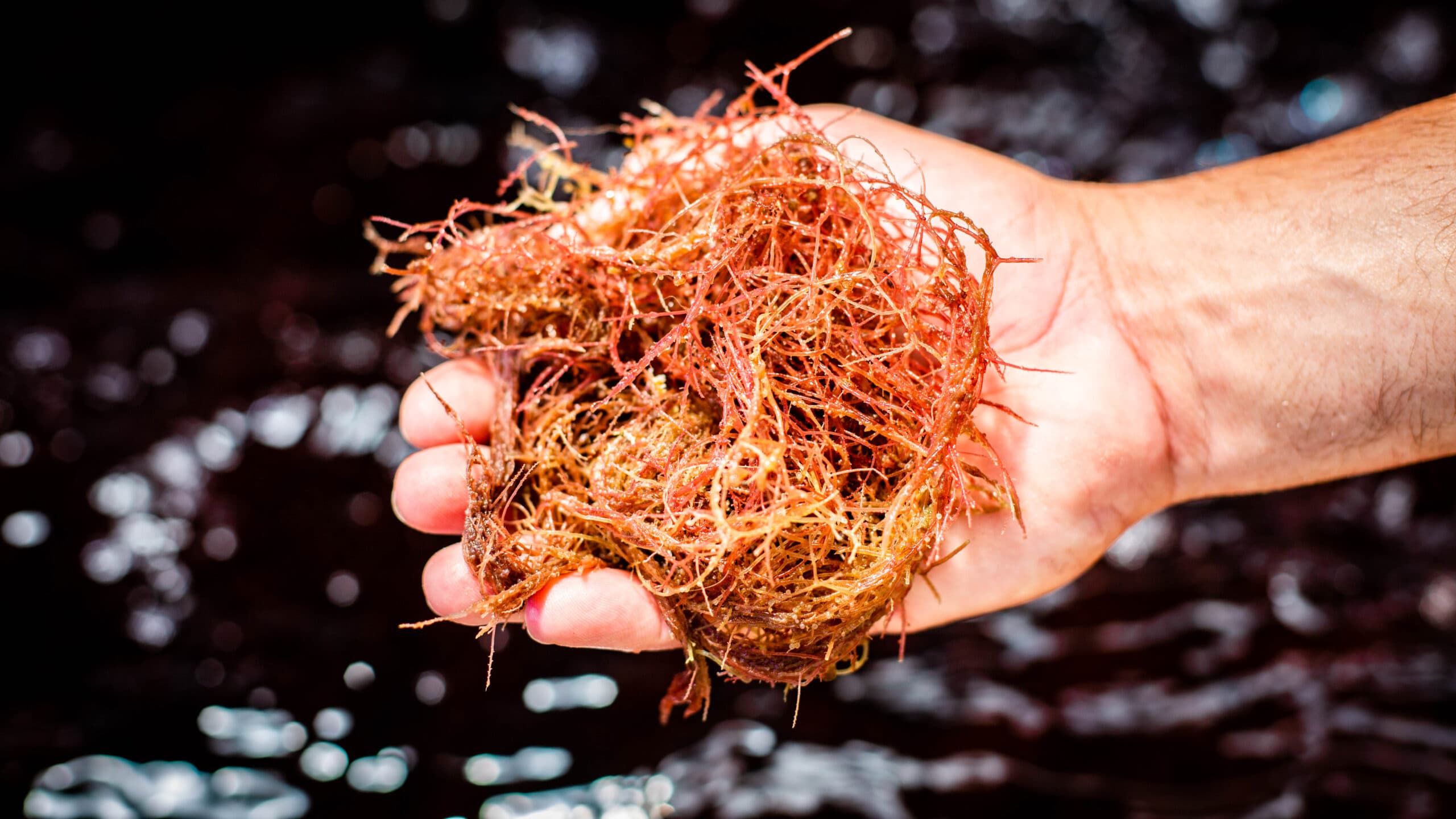Estimates for the capital requirements for commercially producing methane-reducing seaweed to improve the sustainability and productivity of livestock vary widely, but Australian farmers are leading innovation in the field, new research by AgriFutures Australia and the Commonwealth Bank shows.
Red seaweed Asparagopsis taxiformis has generated considerable interest for its potential to significantly reduce methane emissions from livestock, but until now there has been little understanding of the capital requirements needed for successful large scale, commercial production.
AgriFutures Australia, General Manager Business Development, Michael Beer said Asparagopsis farming was still in its infancy with no large-scale production currently in Australia.
The co-funded report by AgriFutures and CBA Scoping study of the capital requirements for commercial production of Asparagopsis for methane reduction in cattle is based on data obtained from key stakeholders involved with research or commercialisation.
The research shows that if the diet of livestock included just 0.4% Asparagopsis, methane emissions could be reduced by up to 98%.
Further that the estimated capital required to establish an Asparagopsis supply chain at 100% adoption ranges between $132 million and $1.62 billion.









